
After Orange Juice it was champagne at last for Edwyn Collins when A Girl Like You was released on December 5 1994.
The song was a global hit.
The former Morgan Academy pupil graduated to the big time.
Collins attributed his love of music to the years he spent growing up in Dundee, in a forgotten interview with the Evening Telegraph in March 1983.
He was six when the family moved to Bingham Terrace from Edinburgh, after his father got a job as a lecturer at Duncan of Jordanstone College of Art.
Collins took up violin at Morgan Academy
Collins went to the old Demonstration School in Park Place.
From there he moved to Morgan Academy.
He didn’t particularly enjoy it.
“I got a name as a troublemaker for ripping another boy’s jacket,” said Collins.
“The tag seemed to stick with me but it was a big mistake, really.
“However, it was here that I first started getting interested in music.
“I took up the violin at the age of 12, but it was a mate at school who got me interested in modern music.
“Paul Quinn took me to concerts at the Caird Hall, got all the music papers every week, and started me listening to David Bowie and Roxy Music.”
The first concert he attended was Sparks at the Caird Hall in November 1974.
Shortly after this he started writing songs of his own.
Orange Juice name was chosen in 1979
Collins moved to Glasgow in his mid-teens when his parents separated.
He formed his first band, Nu-Sonics, when he was 17.
They later changed their name to Orange Juice in 1979.
Collins also co-founded the Postcard Records label which went on to sign Aztec Camera and became synonymous with early 1980s Scottish music.
Orange Juice signed to Polydor Records in 1981.
Debut album You Can’t Hide Your Love Forever was released in February 1982.
Rip It Up followed in November 1982.
The title track was an absolute gem.
It reached the Top 10.
Orange Juice appeared on Top of the Pops.
Dundee University appearance in 1984
Texas Fever was released in March 1984, accompanied by personnel changes.
It was critically acclaimed.
Collins was determined to perform in Dundee to promote the six-track mini-album.
The eight-date tour included a performance at Dundee University in May 1984.
Tickets were £3.50 and £4.
The Orange Juice was the third studio album released in November 1984.
Collins then decided it was time for the band to disband.
The group gave its last performance at London’s Brixton Academy in January 1985.
Rock And Roll (I Gave You The Best Years Of My Life) was the final song.
Then they hung up their check shirts.
Trying to get a solo deal proved difficult
Collins resurfaced as a solo act in 1986.
He played sporadically throughout the year.
Collins released his first two solo singles in 1987.
The words came quickly for Don’t Shilly Shally and My Beloved Girl.
He tried to win a deal with a major recording company but that didn’t work out.
He signed with the German label Werk in 1988 and subsequently Demon Records.
Collins recorded his first album at White House Studios in Cologne in February 1989 with help from Dennis Bovell, Dave Ruffy, Roddy Frame and Steve Skinner.
“I’ve spent the last two years trying to win a deal with a major recording company but it hasn’t worked out,” he said.
“I’ve had to be really philosophical about it all and come to terms with the fact that it’s bound to be different to the lifestyle I had with Orange Juice.
“The record is an emotional mess – a reflection of my traumas.
“It’s probably fair to say I’ve been bordering on a nervous breakdown and turning into a gibbering wreck but the album isn’t just about my angst.
“There’s a fair bit of happiness in there.
“It’s probably best described as cynical optimism, hence the title: Hope and Despair.”
Making headlines at Morgan Academy
Hope and Despair was hailed a classic which became a significant commercial success and featured highly in the critics’ end-of-year best albums lists.
The album was supported by a series of concerts and UK and European tour.
But he never forgot his roots.
Collins was interviewed by Morgan Academy pupils for a special commemorative edition of the school magazine which was published in June 1990.
The magazine was celebrating the school’s centenary.
Hellbent on Compromise was his second Demon Records album.
It was released in October 1990.
The album featured some beautiful songs including You Poor Deluded Fool, It Might As Well Be You and My Girl Has Gone by Smokey Robinson.
It closed with a cover version of Willie Nelson’s Time Of The Preacher.
He returned to Dundee in November 1990.
Collins performed at Our Price in Murraygate as part of a tour of record shops.
He signed copies of the new album before performing a short acoustic set which included the Orange Juice songs Felicity and What Presence?!
A Girl Like You was a hit at the second time of asking
The album struggled commercially.
Demon and Collins then parted ways.
Collins built his own studio where he recorded Gorgeous George.
The Sex Pistols drummer Paul Cook also performed on the recording.
The album arrived on shelves in July 1994 and initially met with muted reviews.
A Girl Like You was released as a single on December 5 1994.
The song only got to number 42 in the UK singles chart but the distinctive riff and seductive lyrics resonated with audiences elsewhere in Europe.
The single was brought out again in June 1995.
A Girl Like You struck gold at the second time of asking.
The single would peak at Number 4 to become the biggest hit of his career, before appearing on the soundtrack for the movie Empire Records.
“I kind of expected success with A Girl Like You,” he said.
“Because it was a re-release we had everything planned.
“But then I realised that I’d spawned a monster and it was out of my control.”
Edwyn Collins suffered a double stroke
A Girl Like You sold two million copies.
It became the most played song that year and won the singer two Brit award nominations.
He returned to the pop charts in 1997.
The Magic Piper (Of Love) reached Number 32.
The single was taken from his fourth solo album, I’m Not Following You.
In 1999, he created and starred in Channel 4 sitcom West Heath Yard, which featured cameo performances from Jarvis Cocker, Natalie Imbruglia and Alan McGee.
He was also a highly successful producer at his London studio.
Fifth solo album Doctor Syntax was released in 2002.
His life changed with dramatic consequences in February 2005.
He suffered two catastrophic strokes after complaining of feeling unwell.
Collins needed emergency surgery and even beat a hospital superbug infection.
His wife Grace and son William were instrumental in aiding his recovery.
He learned how to walk, speak, read and write again.
Against the odds, his voice was still all there.
New album marked singer’s miraculous recovery
He released his sixth solo album, Home Again, in September 2007.
Losing Sleep followed in September 2010 and Understated in March 2013.
He did a Q&A at Dundee Contemporary Arts in January 2015 following the screening of a documentary about his recovery and return to the stage.
Ninth solo album Badbea was released in March 2019.
Collins performed a special hometown gig in Dundee at Beat Generator to promote the album, which was his first since moving to Helmsdale on the Sutherland coast.
It was his grandfather’s old home.
Collins used to enjoy going there on holiday in the summer while growing up in Dundee.
And his return to the property marked a circular moment in a life that has had more than a few twists and turns.

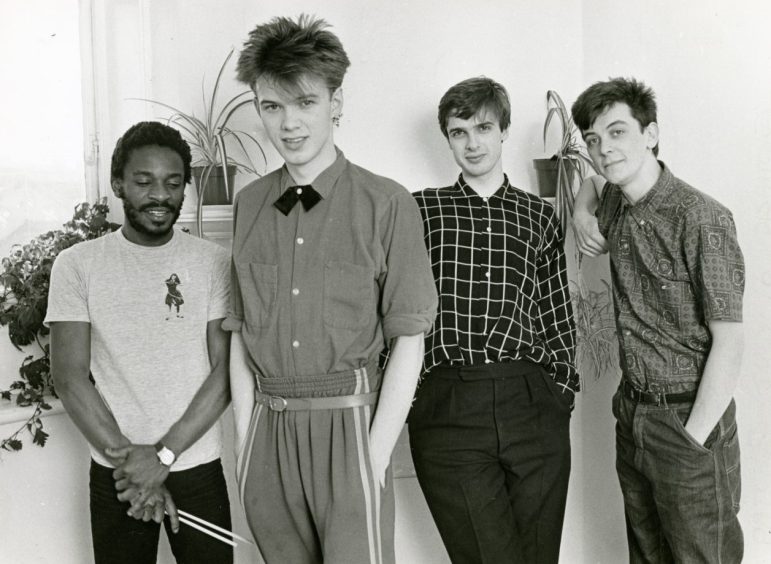





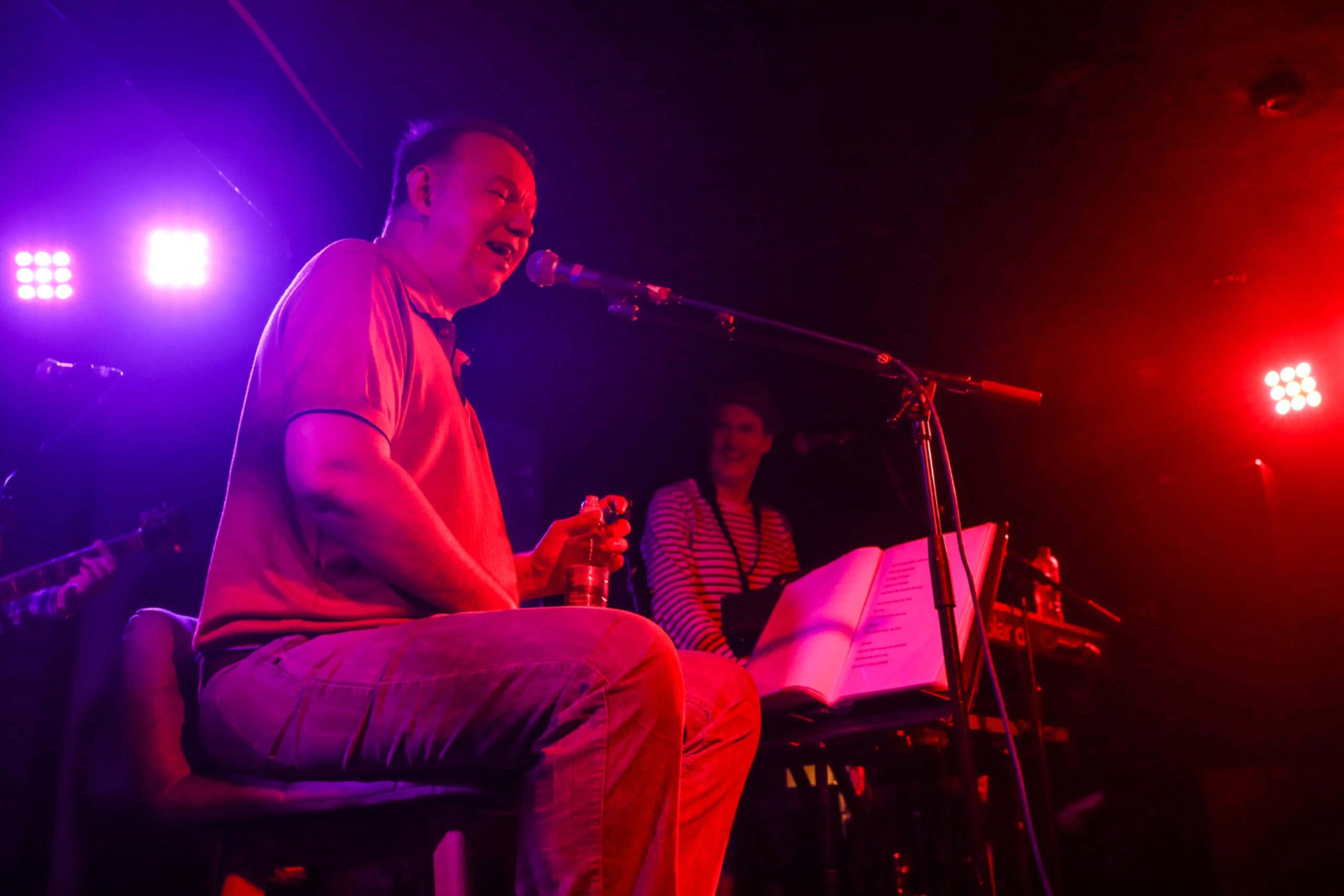
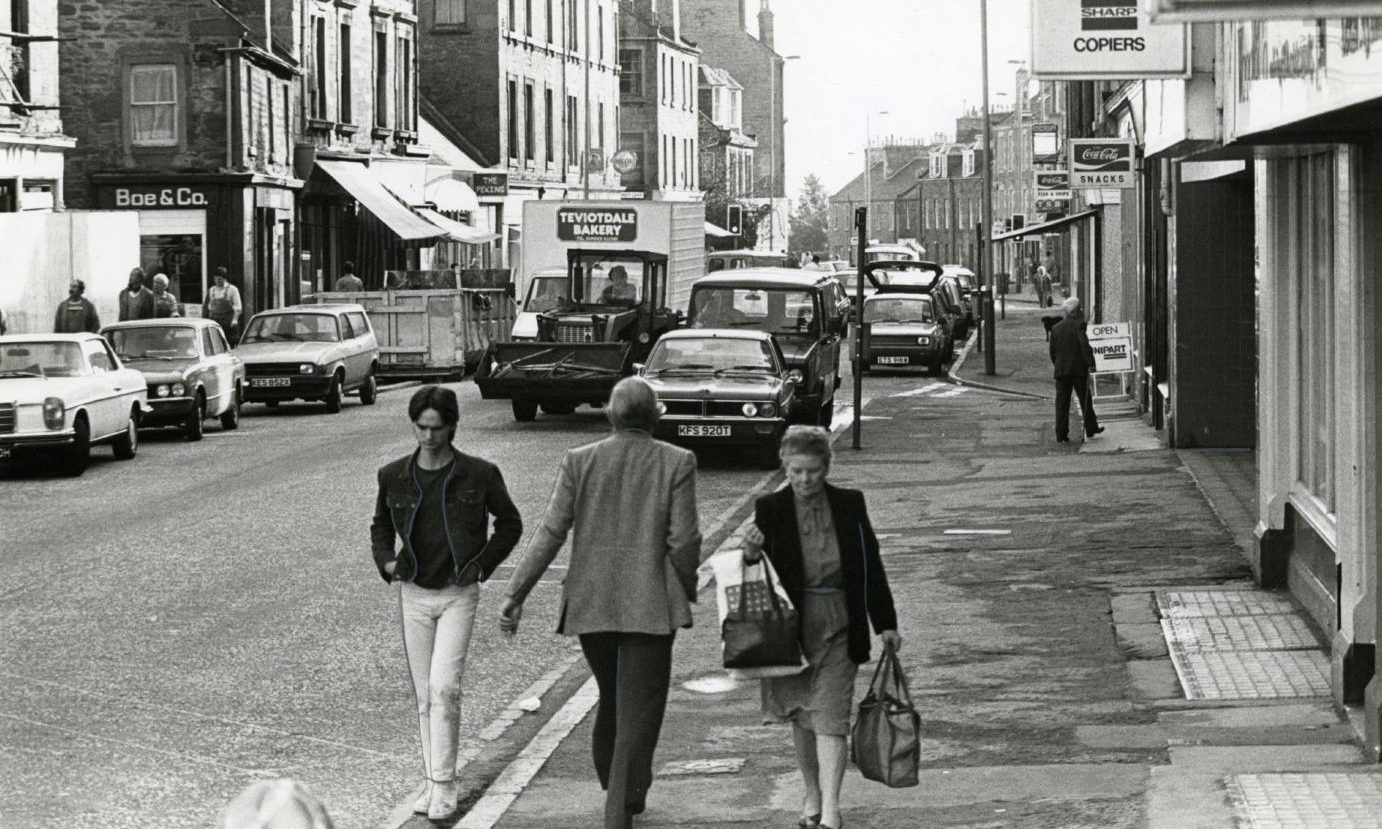
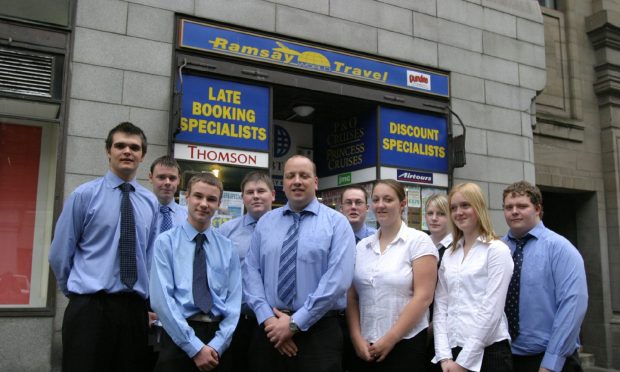
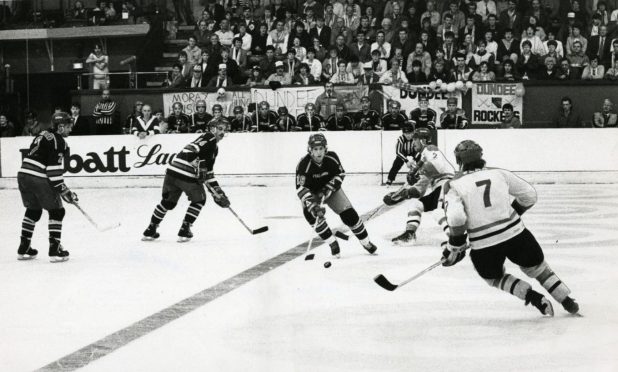
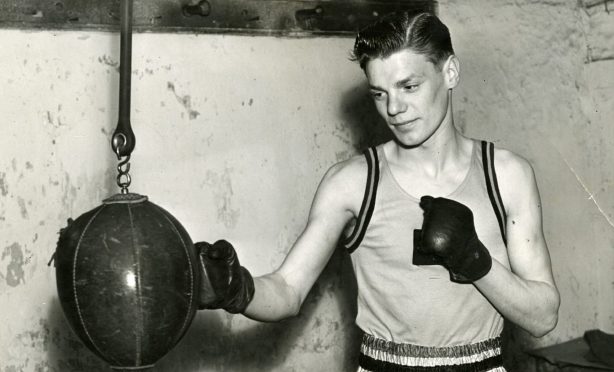

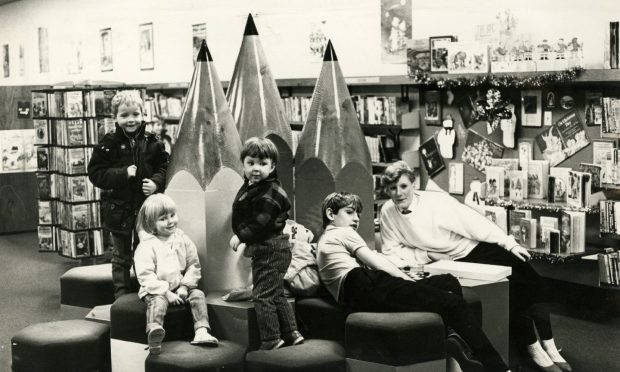
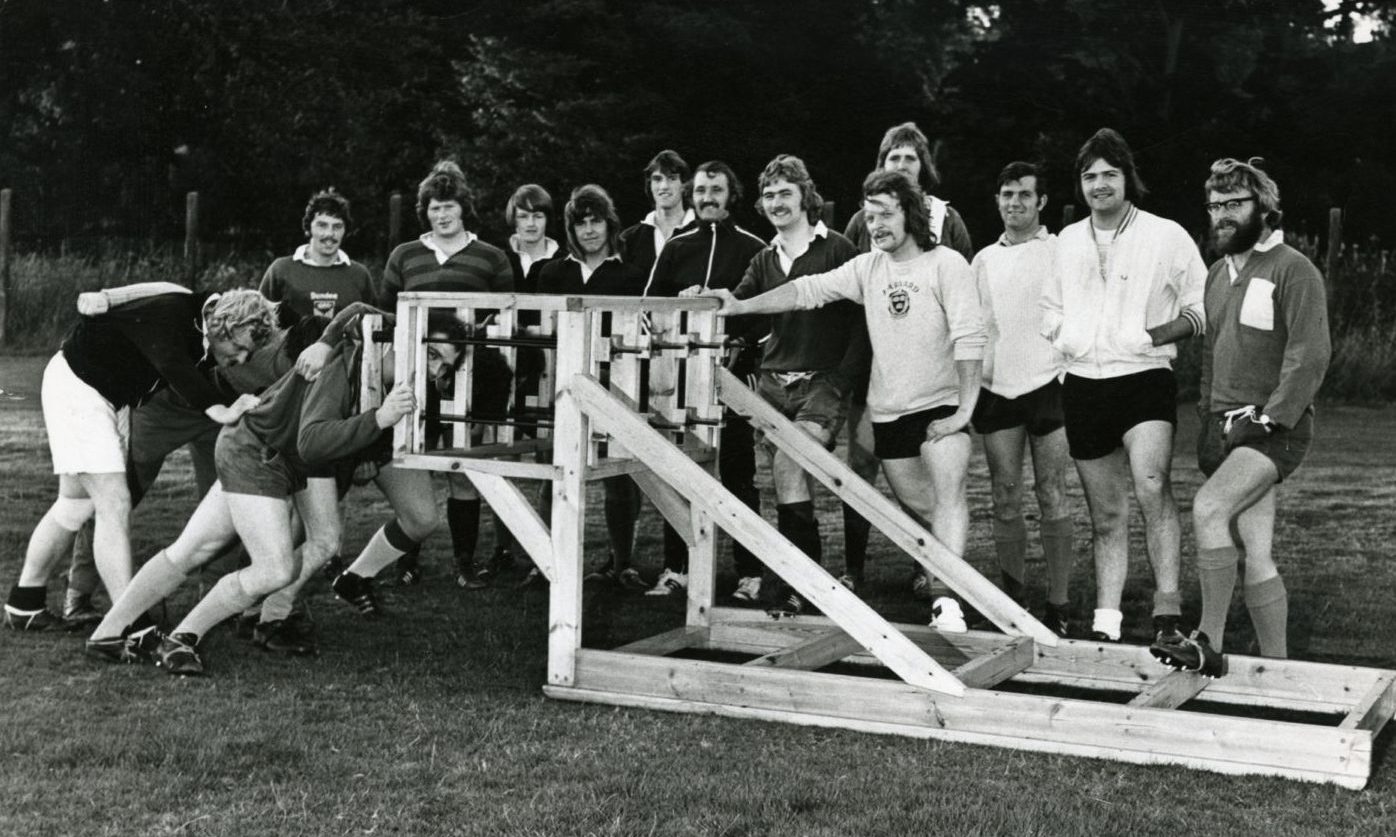
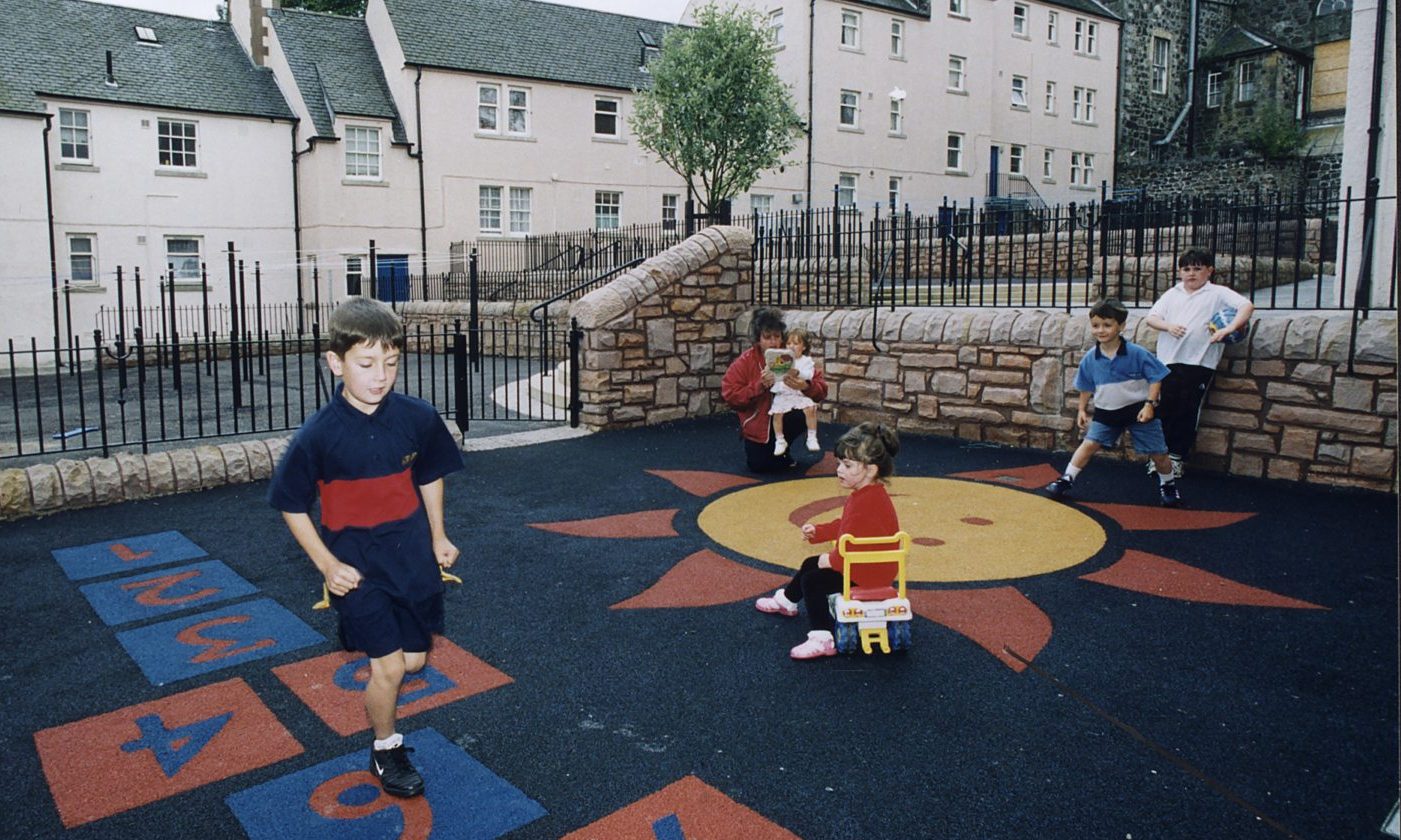
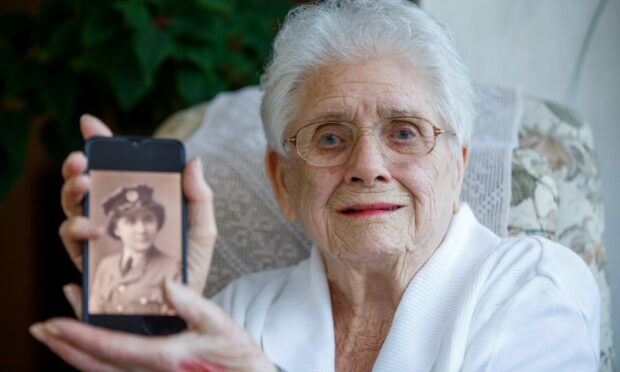
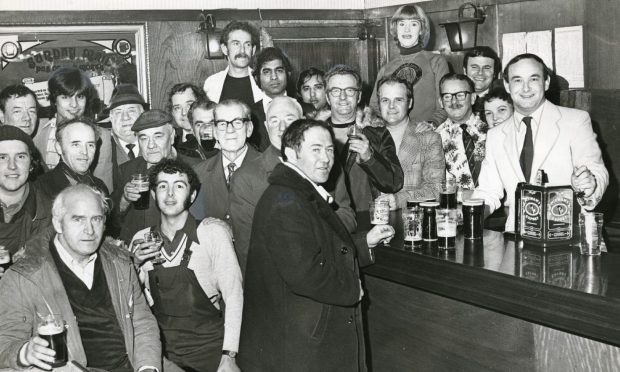
Conversation